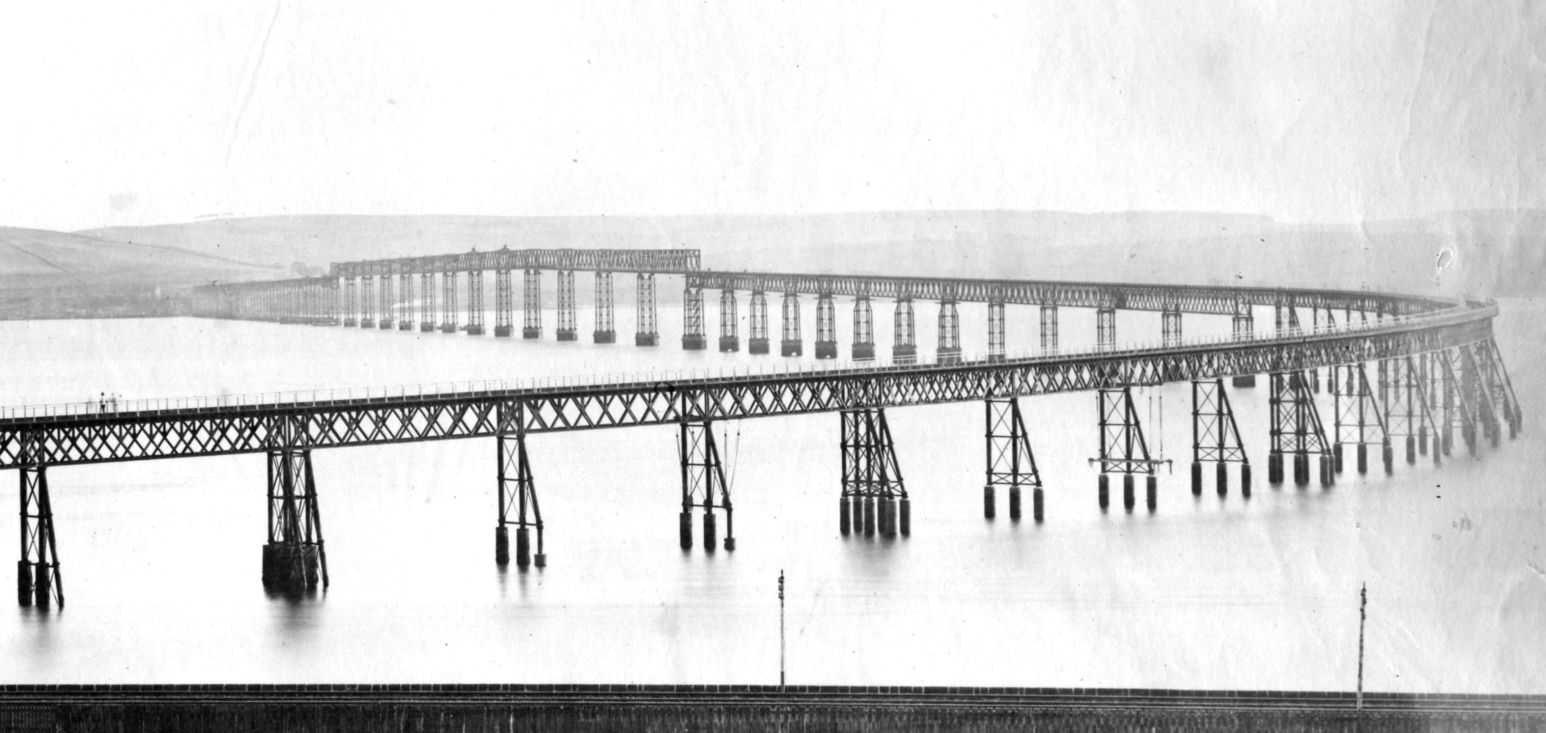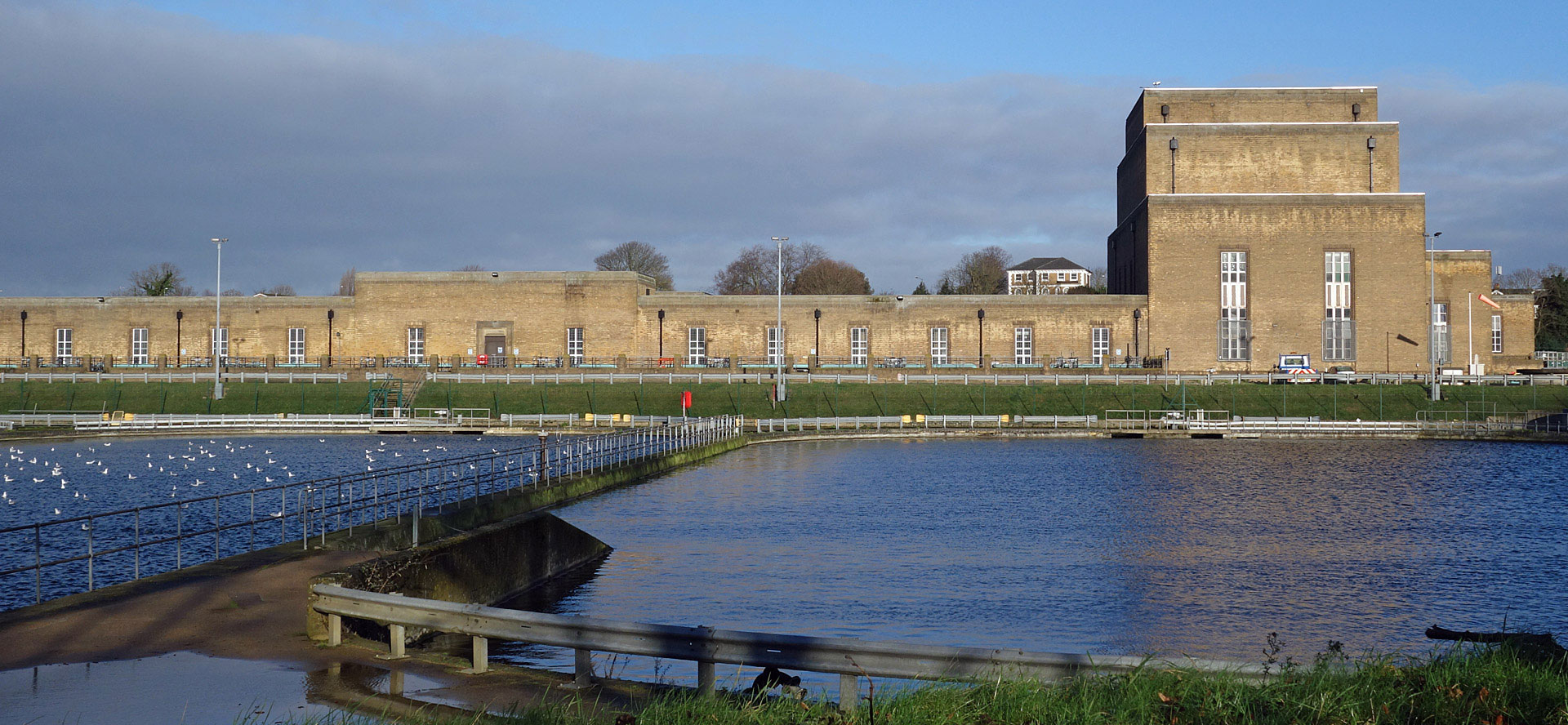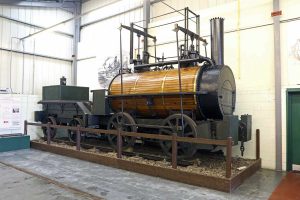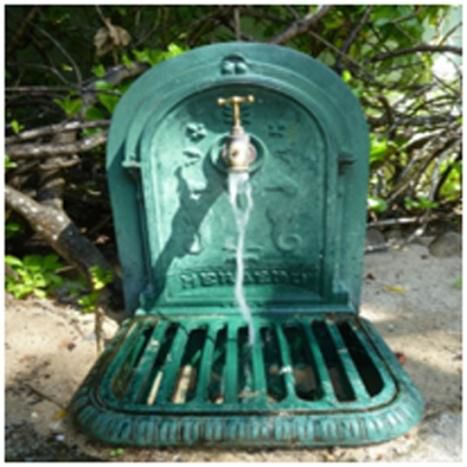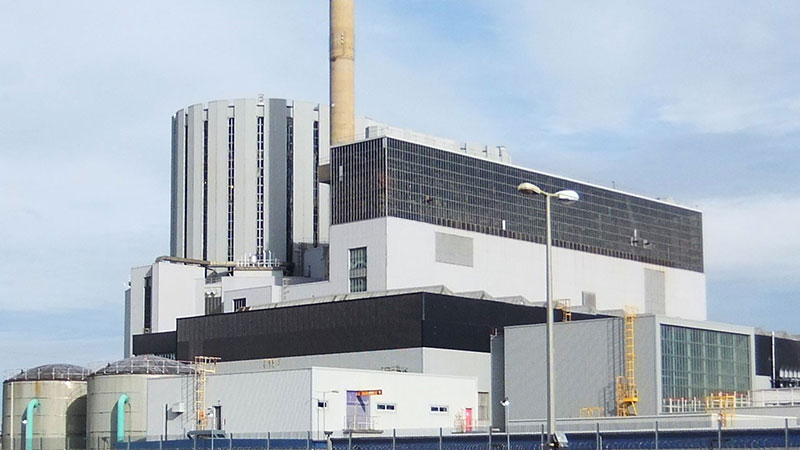“Thomas Pearson, Engine Erector” by Ian Broom”.
BRISTOL BAWA 589 Southmead Rd, Filton, BristolSir Thomas Bouch: Hero? Villain? Victim? Or just bad PR? by Bill Jagger
SHEFFIELD Kelham Island Museum Alma Street, Sheffield, South YorkshireThomas Bouch is generally remembered for the failure of the Tay Railway Bridge, an event that rocked the Victorian establishment. But the construction of what was then the longest bridge in the world was not entrusted to an insignificant engineer, far from it. The talk aims to correct an imbalance of repute by explaining some of his background and history that led up to his winning the Tay Bridge contract. Whilst the speaker does recognise that he was not without fault in connection with that tragic incident, he considers that Bouch was not as blameworthy as the Court of Enquiry conclusion stated. The talk does not derive from original research but draws on various existing resources. When they are analysed carefully one may or may not be persuaded that he was harshly judged, but at the least people should be made aware of his successes. Bill Jagger is Newcomen Member and a semi-retired Chartered Accountant who is currently working in the engineering industry. He has a lifelong interest in transport in general and railways in particular. In exploring the Pennine railway lines he came across Thomas Bouch's name and became interested to find out more about him. A conversation at a meeting of the engineers’ society of which he is a member-led to a challenge to give a talk: "you seem to know a lot about him and we are looking for speakers! Please Note:- This is an in-person only talk and will not be available online. Kelham Island Museum has advised that although no social distancing restrictions will be in place for the meeting, we will need to keep a detailed register of attendees. A group of members and guests will be meeting for a pre-talk meal and if you wish to join us please let me know so that I can advise them of the probable numbers.
CANCELLATION. “Learning Lessons from Engineering Failures “
SHEFFIELD Kelham Island Museum Alma Street, Sheffield, South YorkshireWe regret that this symposium has been cancelled due to insufficient advance interest.
Watering the Capital or Watering Capital? False accounting and a corrupt chief engineer. By Nick Higham
This is an Online EventWatering the Capital or Watering Capital? How false accounting and a corrupt chief engineer nearly brought down two of London's Victorian water companies? The 19th century water supply industry in London relied upon consulting engineers for their development schemes. The outcomes were not always straightforward. A fascinating story from a natural raconteur. Nick Highman’s new book The Mercenary Stream, A History of London's Water, will be published by Headline in Spring 2022.
“Industry before the industrial revolution” by Dr Justine Bayley
LONDON Alan Baxter Gallery 75 Cowcross St, Clerkenwell, LondonThe 18th century is often seen as the beginning of industrialisation in Britain, but there had already been significant changes in the methods and scale of production in many industries in the preceding centuries. While some 18th-century developments were indeed revolutionary, others built on previous innovations – which themselves had both technical and economic drivers. In the latter part of the first millennium most craftsmen worked in small groups or on their own, and the things they made were mostly ‘one-offs’. There were some changes to the scale of production over the following centuries but major technical changes only become important at the very end of the medieval period. This talk will explore and illustrate some of changes that took place across a range of industries – mainly metals, glass and ceramics – and will discuss the benefits they brought. This is a hybrid meeting which can be attended in person or by using Zoom.
‘Learning Through Archaeology: Killingworth Billy’ by Michael Bailey and Peter Davidson
NEWCASTLE Discovery Museum Blandford Square, Newcastle upon Tyne, Tyne & Wear'Learning Through Archaeology: Killingworth Billy' discusses all that has been learned from the detailed examination in 2018 of the 1816-built George Stephenson locomotive from Killingworth that may now be seen in the Stephenson Railway Museum on North Tyneside, one of the affiliated museums to Discovery. BILLY has been in safekeeping as a historic artefact with the City of Newcastle since 1881. Previous to our study it was believed that the locomotive had been built in 1826 at the Robert Stephenson & Co. factory in that city, but detailed research into its working life, and its several rebuildings, have now shown that it was actually made in 1816 under George Stephenson's supervision for operation along the Killingworth Colliery line down to the River Tyne. It has therefore been shown that it is the world's oldest surviving standard-gauge locomotive. The archaeological work was undertaken to reveal from which period each component of the locomotive and its equally historic tender had been fitted, and the sequence of these modifications. The talk will be illustrated with both historic views of the locomotive, and photographs and drawings prepared during the course of the project. As before the meetings are free but because we are limited to the number of people we can have at the meeting and have agreed with Discovery that we will ask everyone to book through Eventbrite so that we can keep track of demand and have a register of who is attending. Also, we have agreed with Discovery that we will hold the meetings in the afternoon starting at 2 pm and the meetings will also be offered online so that those people who feel uncomfortable with attending in person can participate in the talk. I realise that these arrangements are slightly different from in the past and if you have any queries please drop me a line and I will do my best to help. Also if you are aware of any none members who might be interested in joining us please feel free to circulate this email to them.It will be a 'hybrid' meeting with the speakers being there in front of a 'real' audience. Eventbrite booking at - https://www.eventbrite.co.uk/e/134632065131
“Transport without Petrol: a Pictorial History” by Robert Everett.
BRISTOL BAWA 589 Southmead Rd, Filton, BristolIn person meeting.
The History of Water- the Sheffield Reflection
SHEFFIELD Kelham Island Museum Alma Street, Sheffield, South YorkshireDr Jenny Stephenson The History of Water- the [...]
Golden Egg or Poisoned Chalice? The Story of Nuclear Power in the UK
This is an Online EventAn Online Lecture by Tony Wooldridge (presenting) and Stephen [...]
Claymills – the building of an integrated Victorian industrial site and its later restoration
BIRMINGHAM Think Tank, Birmingham Science Museum, Curzon Street, Birmingham, West MidlandsJohn Freeman CBE Claymills - the building of [...]

